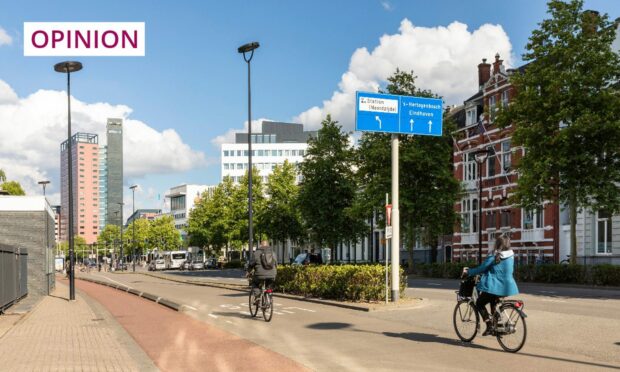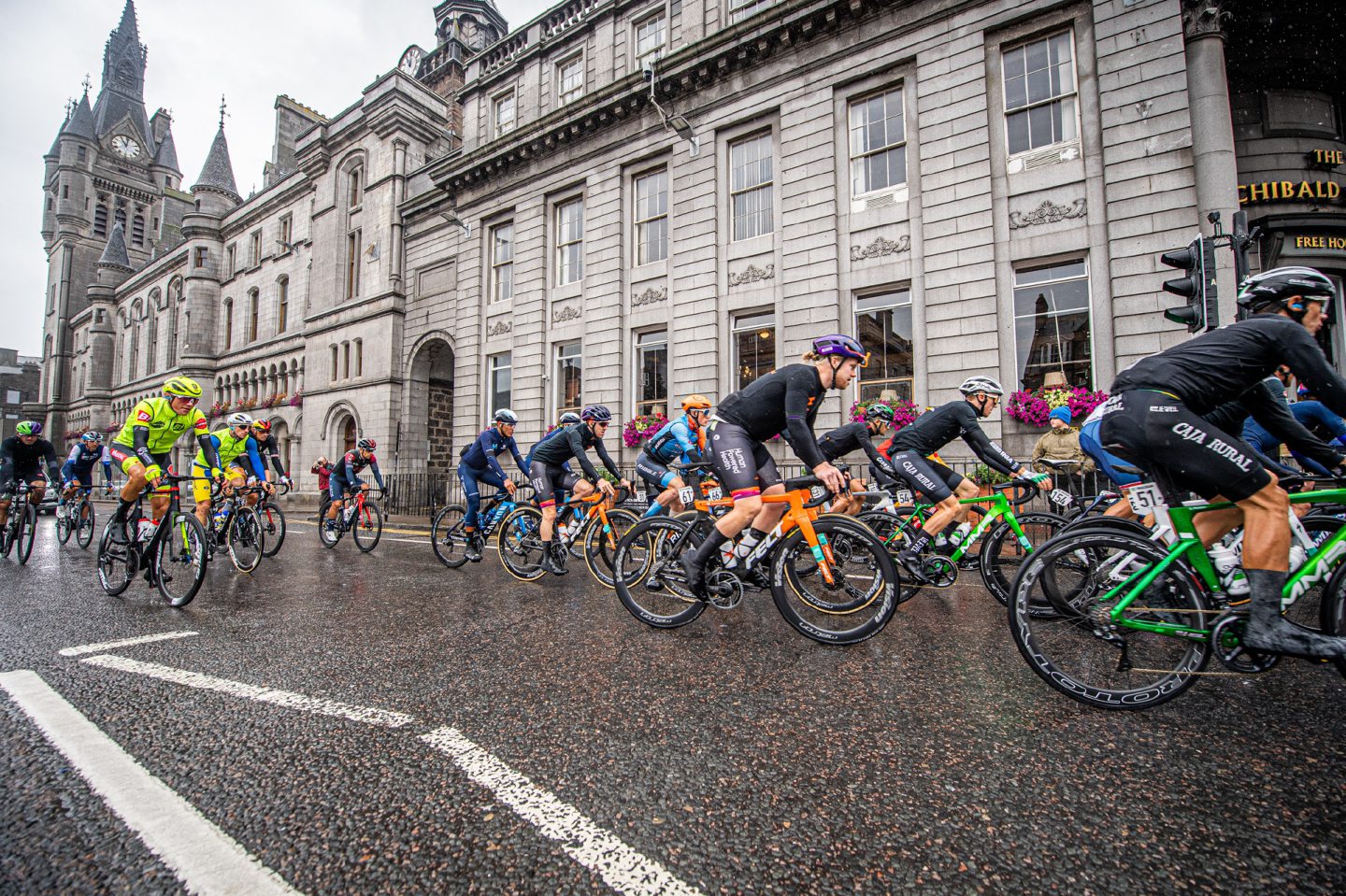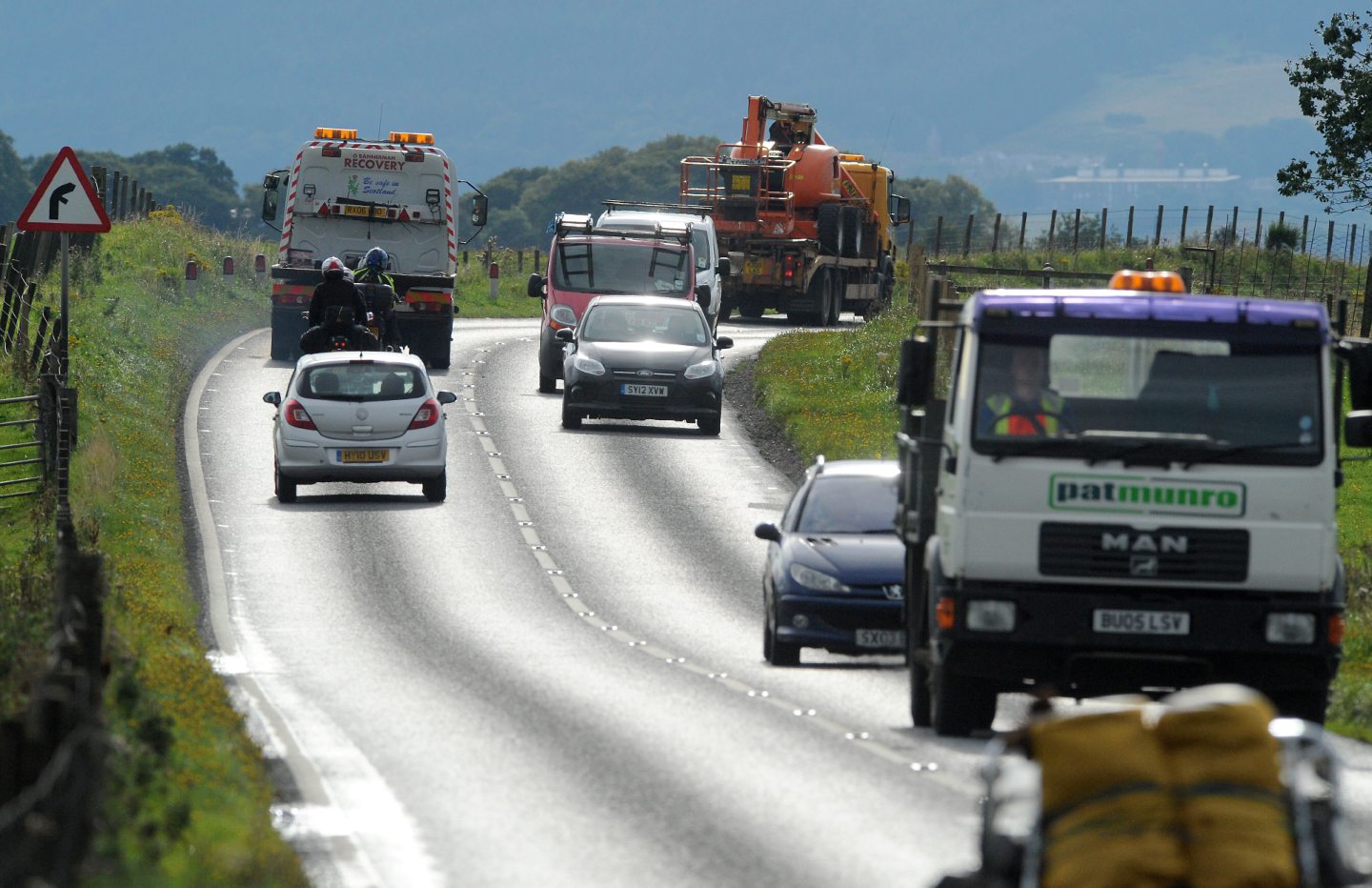Sitting down for lunch in a town square in the Netherlands this summer, I challenged my family to spot any passer-by who was overweight. We were well into dessert before we did.
Back in Scotland, we would have easily clocked up a couple of dozen before our drinks arrived.
Yet, there’s no Mediterranean diet there. The Dutch diet appears similar in sugar and stodge to ours. They love white bread, chips, cheese and potatoes (a potato croquette sandwich was a regular on the menu). There are plenty of sweet desserts featuring cream, marzipan, chocolate and pastry.
And they love mayonnaise. How they love mayonnaise! There is a whole supermarket aisle devoted to the stuff. So, why are they so effortlessly skinny, whilst eating all the food we’re told has caused our obesity?
This must have been the first holiday we’ve ever had where we pigged out but came home slimmer and fitter. The reason? We cycled everywhere. The Dutch are the most active Western nation, with an average of two hours of exercise every single day. Brits clock up barely an hour. We cycled because it was fun, but also because we felt safe.
It felt safe for two reasons: firstly, every road has a cycle lane and cyclists have priority. That means that when you come up to a junction, you don’t need to worry you’re going to be flipped over the bonnet of an aggressive driver, or crushed under the wheels of a truck.
As a result, nobody except cyclists on racing bikes wear helmets. This adds the advantage that you don’t need any extra kit to travel by bike. I hopped on in floaty dresses and heels, arriving at my destination with nothing more than a small handbag. The bikes even have integrated wheel locks, requiring only a small key.
We’re devoted to something which puts us in danger
The surprising thing about our time in the Netherlands was that, when we did drive, that experience was better, too. With fewer cars on the road, traffic jams were rare and we always found somewhere to park. The roads were narrower to accommodate cycle lanes, which meant we drove slightly slower in order to make way for oncoming traffic, but it was no more inconvenient than negotiating a narrow bridge back home.
Another shock was how unfit we were. I go running several times a week, but in the Netherlands I found myself regularly overtaken on my bike by the over-70s. A half-hour cycle to the nearest town left me with wobbly legs, whilst for the elderly this seemed the equivalent of a five-minute stroll.
My week in North Brabant left me concluding that cars are to us what guns are to Americans. We’re devoted to something which puts us in danger and clearly spoils our quality of life.
I’m attending an event tonight at a distillery in Moray, and the venue has warned attendees in advance not to come on foot or by bike because the lane it is situated on is so dangerous.
I was so inspired and felt so great following my holiday that I resolved to cycle at least part of my commute to work. I have a 30-mile journey, so cycling all the way isn’t an option, but I could take the train and cycle at each end.
On checking out the route, I found that, after risking my life on the B-road which leads from my front door to the station (with no guarantee of space for my bike on the train), at the other end I would have to cycle to my office along the A96. There is a cycle lane, but – inexplicably – only for a third of the route from the station. To make sure I was fully deterred from my ridiculous plan to get fit and go green, the train ticket was double the cost of my normal commute.
Making cycling easier and safer isn’t radical
The two biggest threats we face as a nation are our carbon footprint and the obesity epidemic. We often talk about the need for radical action to tackle these issues, but my holiday in the Netherlands showed me that the change needed is not radical at all. To the average Dutch citizen, it’s just the normal way of doing things.
Yes, there are more hills in Scotland, but there are now electric bikes to help with that. Big cities, where more cycling would make the biggest impact, tend not to be built on mountains.
Cars are wonderful on motorways, for long distances, and in really bad weather. Do you know what? The Dutch have cars, too
And the Dutch climate is no drier than ours. It rained quite regularly during our holiday, and everyone just pulled a giant waterproof cape out of their panniers and cycled on.
Don’t get me wrong, I love my car. Cars are wonderful on motorways, for long distances, and in really bad weather. Do you know what? The Dutch have cars, too. We’re not so different. All that is needed is a change of mindset to put cars a bit further down the pecking order.
Eleanor Bradford is a former BBC Scotland health correspondent and now works in communications


